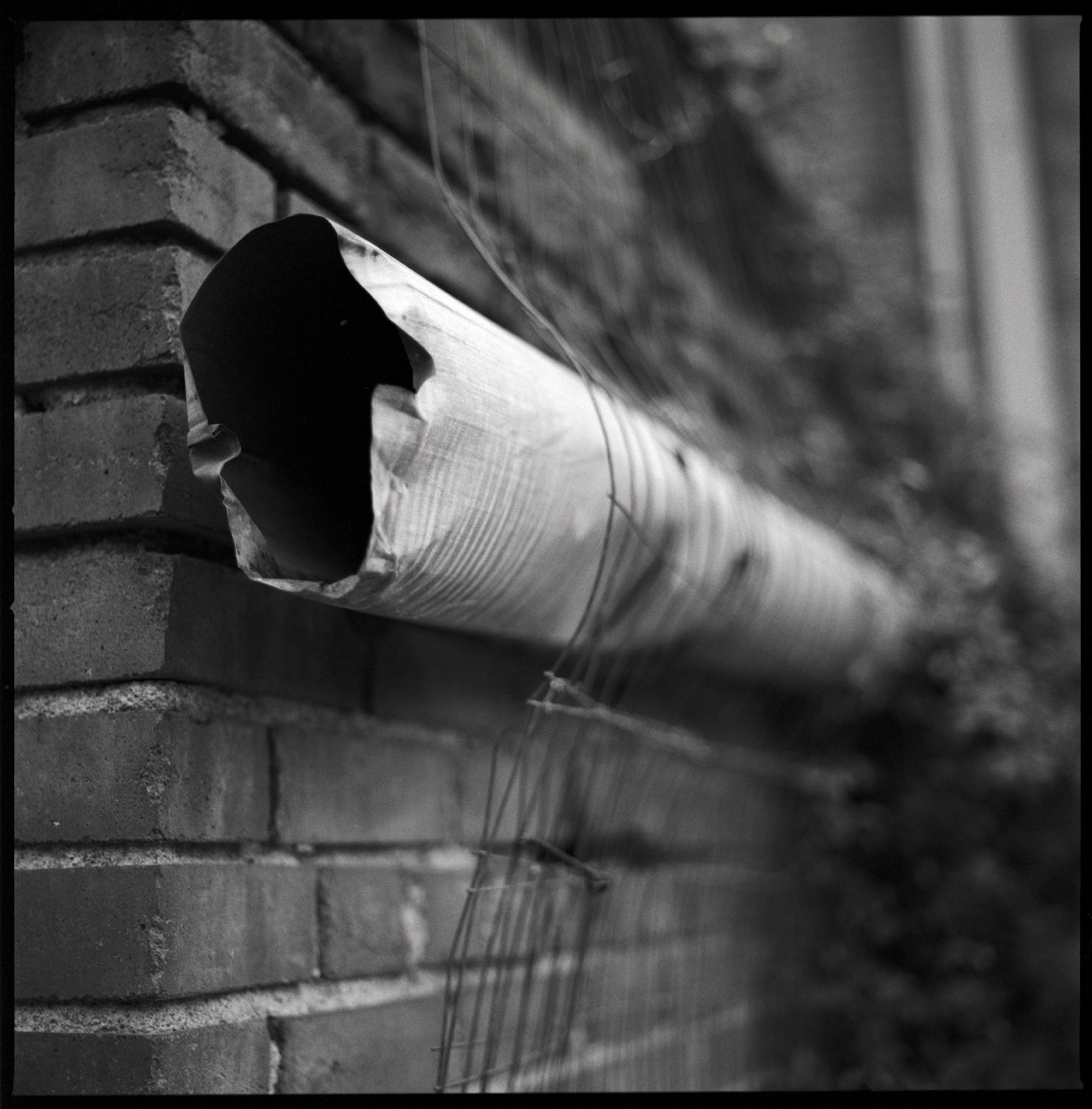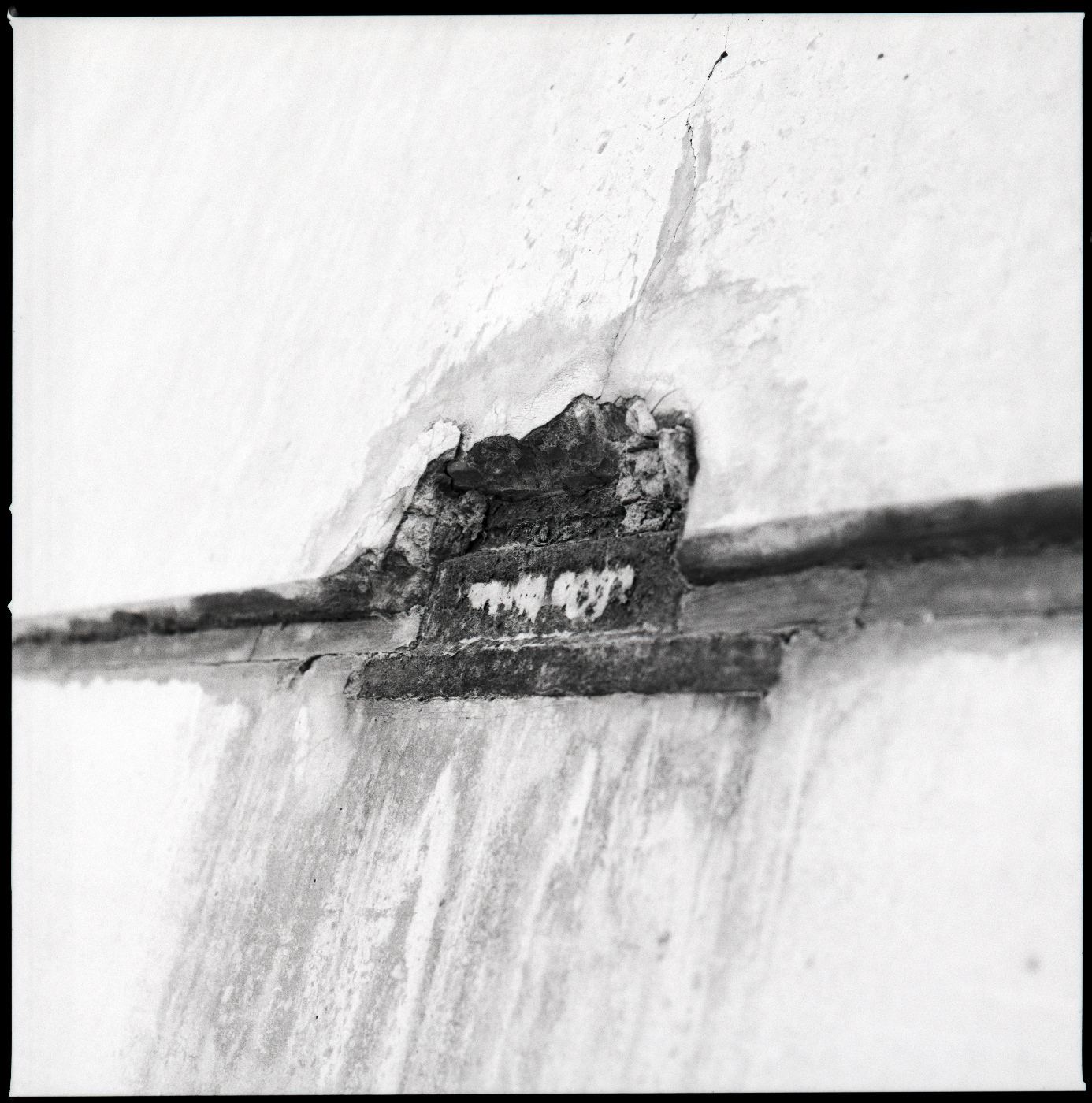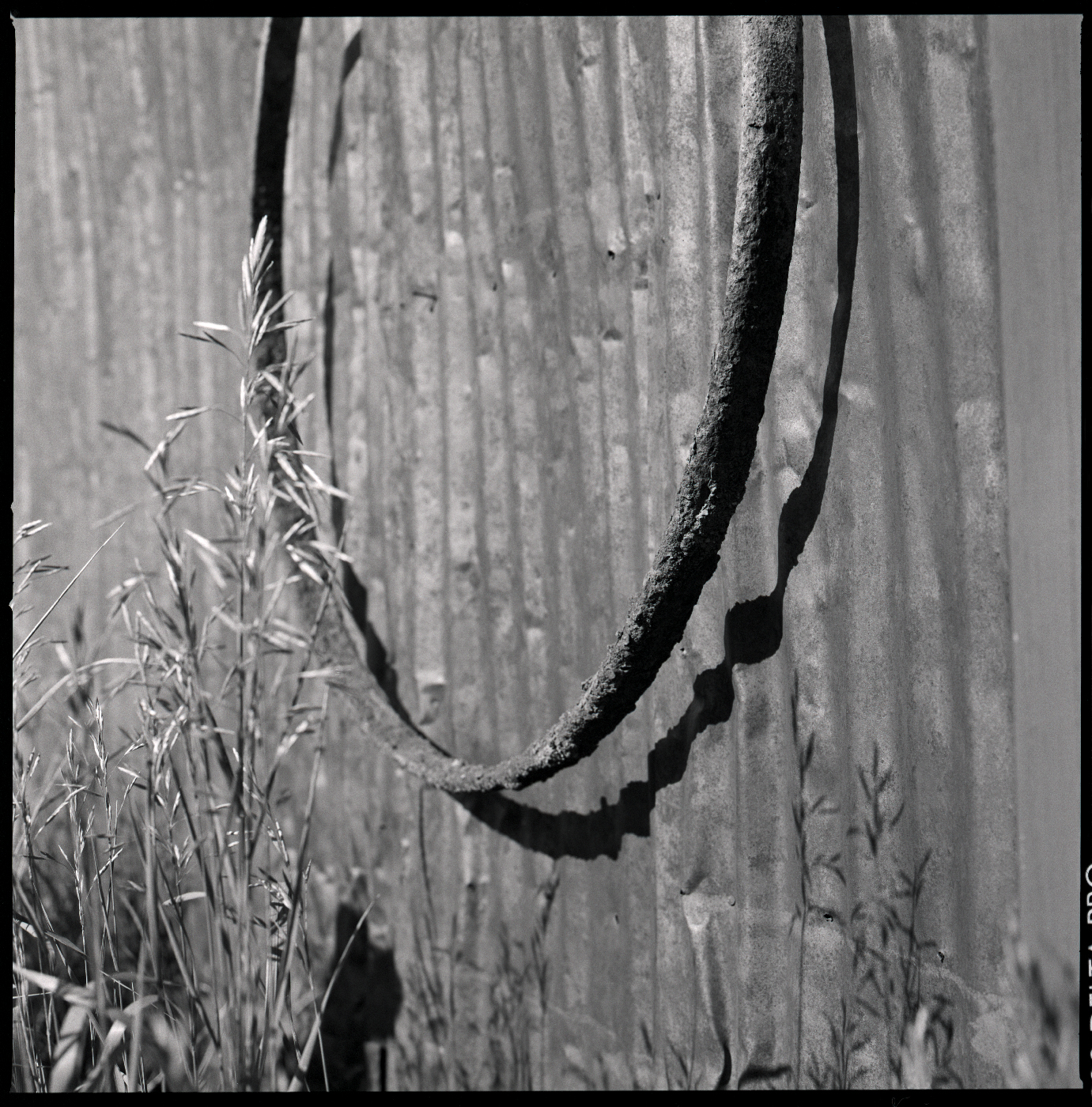Today is a special day in the history of photography. January 7th, 177 years ago, “members of the French Académie des Sciences were shown products of an invention that would forever change the nature of visual representation: photography.” (The Metropolitan Museum of Art) On January 7, 1839, François Arago of the Académie des Sciences announced Louis Jacques Mandé Daguerre’s creation of a process that captures and preserves the views seen in the camera obscura.
Daguerre’s actual process, how to make a daguerreotype, would remain a bit of a secret until later that year when on August 19, 1839 the process was revealed to the public. And, during this same eight-month period, another inventor in the annals of the history of photography also put his process, the photogenic drawing, later to become the calotype (with improvements), out to the public as well. William Henry Fox Talbot was working on a process that would eventually become the basis for what we use today, the negative/positive process. While both men should and do receive the credit, along with many others who much earlier than 1839 were working out the details of capturing light permanently onto a medium, Louis Daguerre would receive the most acclaim, as well as a fine pension from the French government.
Henry Fox Talbot had actually achieved a permanent photograph earlier than 1839 like Daguerre, and his partner Joseph Nicéphore Niépce (who, by the way, is credited with the first permanent photograph dated to 1826), but alas he was caught resting on his laurels and didn’t announce his findings until the painter and self-promoter Louis Daguerre went public. His process, while beneficial to the future negative/positive process in photography, wasn’t the early hit like the daguerreotype. With faster exposures, crisper details, and “daguerreotypemania” hitting both Europe and America, portraits in this new process became all the rage! And, budding photographers found a new income stream in a very new art form.
I read a quote so interesting recently about this wonderful history and rivalry between the early inventors of photography. This amazing process became the go-to for portraits, affordable portraits for people who didn’t have the means to commission a painted portrait. Interesting. This process “leveled the playing field between rich and poor.”
“Photography was to become the first democratic art.” – Roger Watson/Helen Rappaport in Capturing the Light: The Birth of Photography, A True Story of Genius and Rivalry.
I’d like to give a nod to these early inventors, chemists, scientists, artists, and open-minded, never-give-in-creative-types who paved the way for all of us. When I think of how far photography has come in just 177 short years, wow! It’s mindboggling! Here we are today, shooting these amazing digital cameras, tethered to computers and we see our images in vivid color instantly! While, I do love the historical techniques of the past, and enjoy practicing traditional darkroom techniques for the bulk of my own work, I can certainly appreciate the amazing strides that have been made in this relatively young, visual medium! And, when I ponder the thought that photography is, “…the first democratic art,” I think about all the applications of photography today, and how we have created a visual language that binds people together through socio-economic, -geographic and -cultural differences. A single photograph can make us feel instant joy, empathy, sadness, or inspiration!
So, lift a glass today or tonight, and give props to these geniuses that persevered to create a most beautiful art form!
The images I’ve selected to show this week are simply images of wonder and discovery. Finding something interesting in something ordinary, and I have Daguerre, Niépce, Talbot, Archer, Herschel, Wedgwood and many others to thank! And, those of you past History of Photography students…I expect you to remember each and every one of the names mentioned above!



